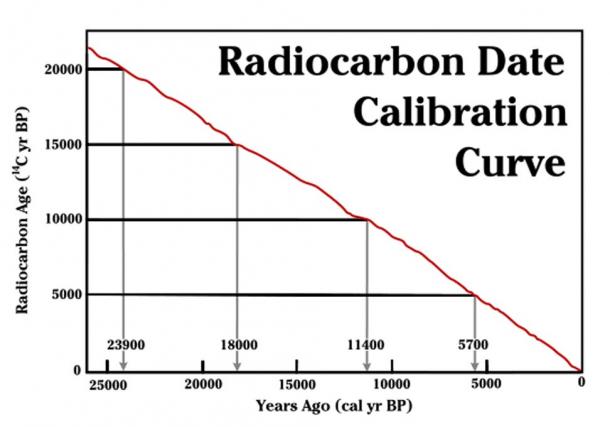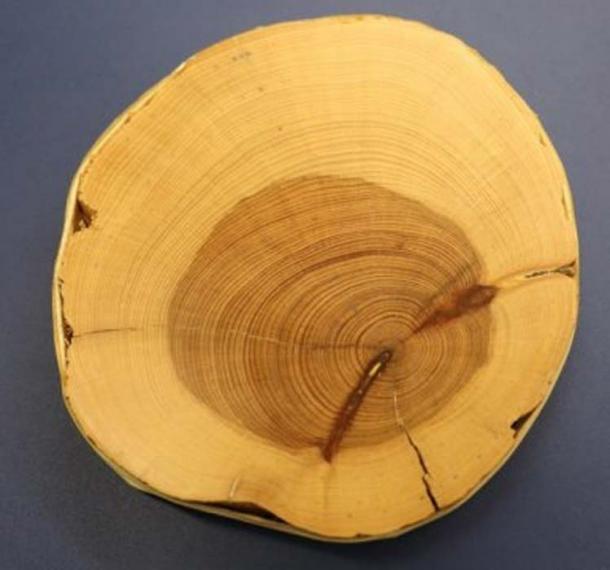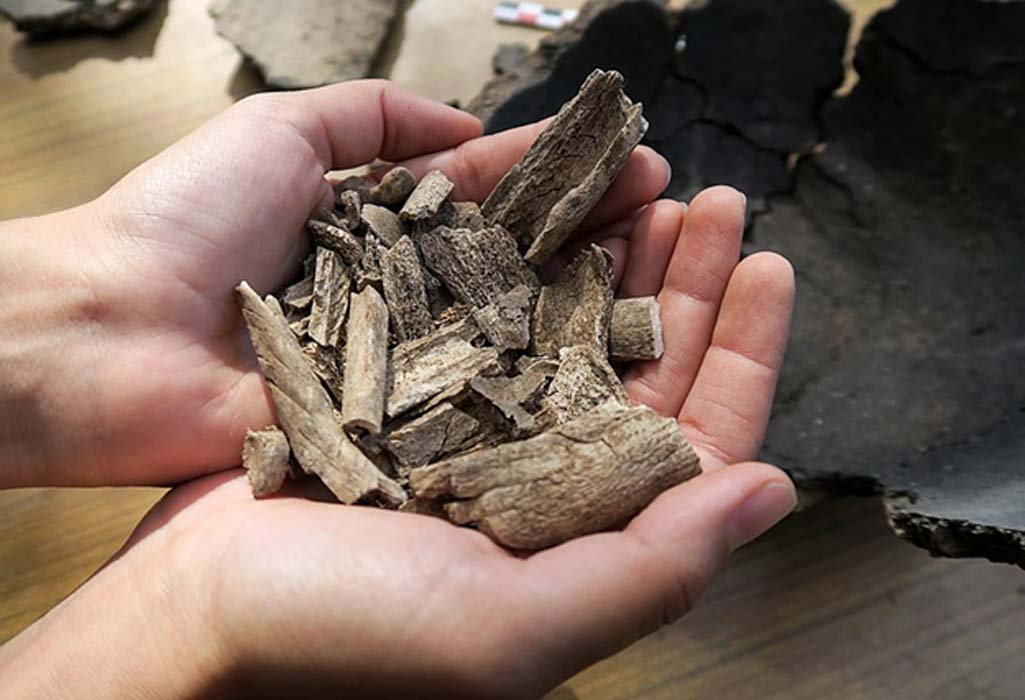We have actually dealt with this quite a bit. What i do know is that it was possible to pin down only several real dates before the the first centuries BC. The rest are estimates and a twenty year discrepancy is the norm.
What we did lock down was the Trojan War around 1180 BC through star positions.. Close by we had the collapse date for the global Atlantean culture in 1159 BC by tree rings. Other dates included Thera by tree rings as well and that the Great Pyramid was built be 2400 BC.
We also have the Pleistocene nonconformity which is around 12,900 BP identified as a global geological event in particular.. Eyewitness reports of the comet impact includes that of Noah and others in the Kolbrin texts. Those texts or some version succeeded in carrying the information forward until the Bronze Age at least.
Radiocarbon calibration is the big problem for Archeology. The general tree ring adjustment was a huge help but this also shows us that local variation just over the past 400 years of + 20. thus a comparable would be to look at 232 BC as potentially + 100 years for the era of Alexander.
The take home is to simply read all radio carbon dates such as 232 +/- 50 as 232 + 20 instead. You will then be likely on target unless you can prove otherwise...
Inaccuracies Found in Radiocarbon Dating Calibrations Could Change Historical Timelines
- 7 June, 2018 - 01:59
ancient-origins
https://www.ancient-origins.net/news-science-space/inaccuracies-radiocarbon-calibrations-historical-021930
Radiocarbon
dating is a key tool archaeologists use to determine the age of plants
and objects made with organic material. But new research shows that
commonly accepted radiocarbon dating standards can miss the mark --
calling into question historical timelines.
Archaeologist Sturt Manning and colleagues have revealed variations
in the radiocarbon cycle at certain periods of time, affecting
frequently cited standards used in archaeological and historical
research relevant to the southern Levant region, which includes Israel,
southern Jordan and Egypt. These variations, or offsets, of up to 20
years in the calibration of precise radiocarbon dating could be related
to climatic conditions.

Comparison of Radiocarbon Dates to Calendar Dates. Radiocarbon dates underestimate the actual age of the objects being dated, because the ratio of carbon-14 to carbon-12 has not been constant over time. (Source: Howard Morland/ CC BY-SA 3.0 )
Manning, professor of archaeology at Cornell University and director
of the Cornell Tree-Ring Laboratory, is the lead author of "Fluctuating
Radiocarbon Offsets Observed in the Southern Levant and Implications for
Archaeological Chronology Debates," published in the Proceedings of the National Academy of Sciences .
Pre-modern radiocarbon chronologies rely on standardized Northern and
Southern Hemisphere calibration curves to obtain calendar dates from
organic material. These standard calibration curves assume that at any
given time radiocarbon levels are similar and stable everywhere across
each hemisphere.
The Cornell-led team questioned those assumptions.
"We went looking to test the assumption behind the whole field of radiocarbon dating," Manning said. "We know from atmospheric measurements over the last 50 years that radiocarbon levels vary through the year, and we also know that plants typically grow at different times in different parts of the Northern Hemisphere. So we wondered whether the radiocarbon levels relevant to dating organic material might also vary for different areas and whether this might affect archaeological dating."

Juniperus phoenicea sample from Taybet Zaman, Jordan. Credit: Sturt Manning/Cornell University
The authors measured a series of carbon-14 ages in southern Jordan
tree rings, with established calendar dates between 1610 and 1940 AD.
They found that contemporary plant material growing in the southern
Levant shows an average offset in radiocarbon age of about 19 years
compared the current Northern Hemisphere standard calibration curve.
Manning noted that "scholars working on the early Iron Age and
Biblical chronology in Jordan and Israel are doing sophisticated
projects with radiocarbon age analysis, which argue for very precise
findings. This then becomes the timeline of history. But our work
indicates that it's arguable their fundamental basis is faulty -- they
are using a calibration curve that is not accurate for this region."
Applying their results to previously published chronologies, the
researchers show how even the relatively small offsets they observe can
shift calendar dates by enough to alter ongoing archaeological,
historical and paleoclimate debates.
"There has been much debate for several decades among scholars arguing for different chronologies sometimes only decades to a century apart -- each with major historical implications. And yet these studies ... may all be inaccurate since they are using the wrong radiocarbon information," Manning said.
"Our work," he added, "should prompt a round of revisions and rethinking for the timeline of the archaeology and early history of the southern Levant through the early Biblical period."
The article, originally titled ‘ Inaccuracies in radiocarbon dating ’ was originally published on Science Daily.
Source: Cornell University. "Inaccuracies in radiocarbon dating." ScienceDaily. ScienceDaily, 5 June 2018. www.sciencedaily.com/releases/2018/06/180605112057.htm

No comments:
Post a Comment